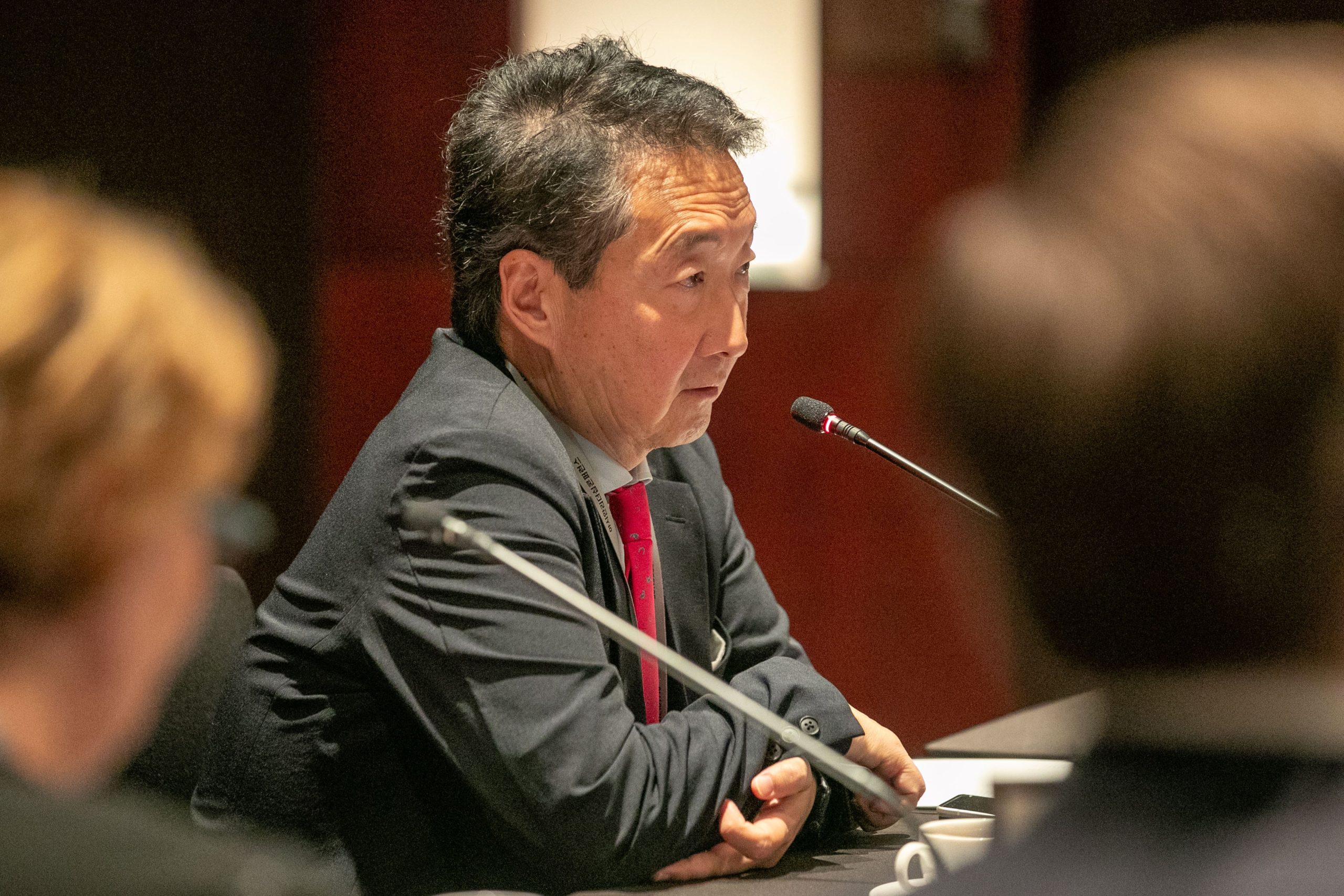Victor Cha, Korea Chair at the Center for Strategic and International Studies (CSIS), said on Jun. 2 that the Stryker Brigade Combat Team—comprising approximately 4,500 troops and currently rotating into South Korea every nine months—faces a high likelihood of permanent withdrawal from the Korean Peninsula. “The pace of the change will be determined by military logic,” Cha said, “but U.S. President Donald Trump, who has publicly voiced his intention to withdraw ground forces from South Korea, could accelerate the process.”
Amid Washington’s broader strategy to counter China through increased “strategic flexibility” in the Indo-Pacific, Cha warned that the new South Korean administration will be forced to make difficult decisions without delay. “If it refuses, Trump may retaliate with actions including a full withdrawal of U.S. forces from the peninsula,” he said.
The Stryker Brigade Combat Team (SBCT), which Cha mentioned in a Q&A-format commentary, forms a core component of U.S. ground forces stationed in South Korea. According to U.S. congressional reports, Army combat brigades in maneuver units typically consist of around 5,000 troops.
Cha said the impact of a troop reduction on deterrence against North Korea remains uncertain, and emphasized that U.S. forces would continue to play a role in honoring America’s defense commitments. Nevertheless, he added, “The trend toward reducing or fully withdrawing U.S. ground troops is unmistakable. This will inevitably raise doubts among both Koreas about the long-term reliability of U.S. security guarantees.”
He further noted that mechanisms tied to extended deterrence—such as the Washington Declaration and the Nuclear Consultative Group (NCG), both established during former South Korean President Yoon Suk-yeol’s administration—could be substantially weakened.
Cha also addressed the dilemma facing the new South Korean government. He warned that rejecting the concept of strategic flexibility—under which U.S. Forces Korea (USFK) could be deployed to contingencies outside the peninsula—could reinforce Trump’s perception that U.S. allies are “free-riding” on American military capabilities. In such a case, Trump could pursue “vindictive actions,” including a complete troop withdrawal, Cha said.
At the same time, he cautioned that embracing strategic flexibility, while potentially welcomed in Washington, could be interpreted by Beijing as a signal that South Korea would side with the United States in the event of a Taiwan contingency. “For South Korea’s progressive bloc, such a move could be seen as obstructing the goal of strengthening ties with China and as deepening trilateral security cooperation with the United States and Japan in opposition to North Korea and China,” he said.
Cha emphasized that any unilateral U.S. decision to restructure troop deployments without prior consultation would risk generating unnecessary friction between allies. He argued that any reduction in military presence should be accompanied by a realignment of responsibilities that strengthens South Korea’s capacity to bear a greater share of its own defense.
He also raised concerns about Trump’s previous approach to Korean Peninsula policy, noting that the president has at times bypassed essential preparatory measures, including intelligence assessments of adversaries. “If military posture adjustments lead to opportunistic provocations or strategic miscalculations by actors such as North Korea, they could trigger unintended consequences that undermine U.S. interests,” he said.







